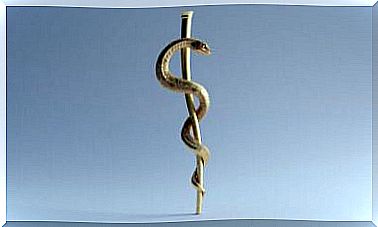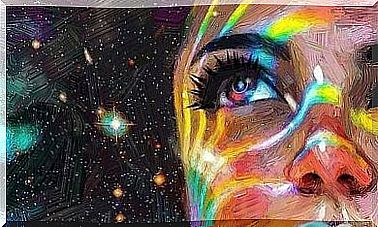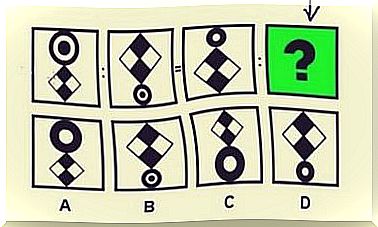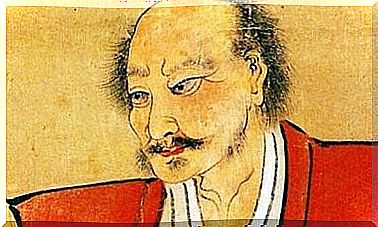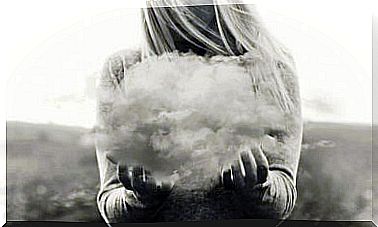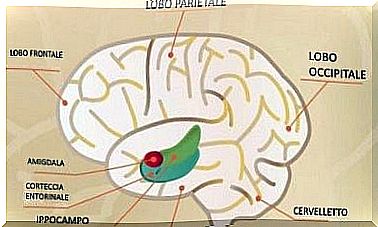Female Alopecia And Psychological Repercussions
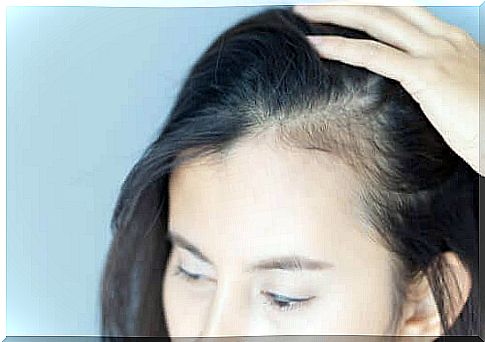
While male pattern baldness is very common – and relatively well accepted – hair loss often causes a complex in women. Starting from the prevailing canons of beauty, it is easy to imagine the extent of the psychological consequences of female alopecia.
Alopecia refers to both temporary and permanent (moderate or severe) hair loss. It is considered abnormal when more than 100 hairs fall out a day. This aesthetic and psychological problem can also be the first symptom of an underlying pathology.
Hair loss can affect the entire scalp or just a well-defined area. Female alopecia sufferers often find it difficult to seek help. In this case, factors such as shame, discomfort and low self-esteem come into play.
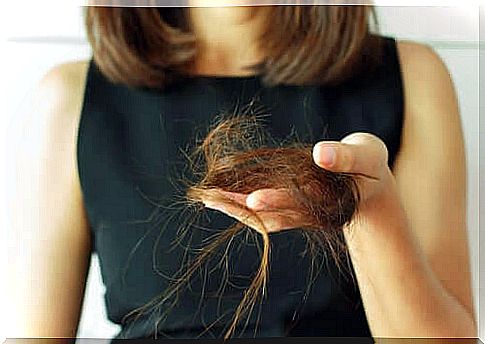
Types of female alopecia
There are different types of female alopecia with different levels of severity. The etiology is somewhat heterogeneous, so medical and aesthetic treatments also vary significantly.
Female androgenetic alopecia
Androgenetic alopecia can affect almost 50% of women, since its onset is more common with the arrival of menopause and the decrease in estrogen (female hormones). This type of alopecia mainly affects the upper part of the head, leaving the front hairline unaffected.
In more advanced cases, however, it can even affect the entire canopy in a widespread manner. An early diagnosis, at the first signs of the disease, is able in most cases to stop the hair loss process and to increase capillary density (the hair regains its normal thickness) and the regeneration of lost hair.
Cicatricial alopecia
Scar alopecia is characterized by the appearance of fibrous scar tissue where hair follicles previously existed. The presence of scars prevents normal hair growth. Cicatricial alopecia can be both congenital and acquired.
The main acquired causes refer to mechanical trauma (burns, surgery, etc.), autoimmune diseases (lupus erythematosus, scleroderma, etc.), bacterial infections (folliculitis), fungal infections (ringworm), viral processes (fire of Sant ‘ Antonio) and tumors. For a correct diagnosis, it is essential to request a trichological examination and a histological examination.
Alopecia areata
Alopecia areata is characterized by having circular hairless areas anywhere on the body, although it most often affects the scalp. Unlike other types of alopecia, the affected area maintains a healthy appearance, without flaking, inflammation or redness.
Stress or certain conflict situations can trigger the appearance of alopecia areata, but they are not at the origin of the disease. This is a reversible disorder, as the hair follicles are not destroyed but remain under the skin.
The main diagnosis can be made through a trichological study, and in some cases it is necessary to perform a biopsy or an immunological examination. In some cases it can evolve into alopecia universalis.
Alopecia universalis
Alopecia universalis affects 2% of the population. In addition, it can be associated with many other diseases, such as thyroid disorders, type 1 diabetes, allergies and asthma; and it is similar to other dermatological diseases, such as eczema, psoriasis or vitiligo.
There is a genetic predisposition. Among the triggers or causes that stand out as most likely we have stress, viral infections and some drug therapies. In general, alopecia begins with a small rounded area or patch on the scalp where hair no longer grows.
This disease is unpredictable. Just as hair suddenly disappears, it can also grow back and even fall out again. The immune system attacks the cells of the hair follicle, which shrinks and stops producing visible hair. However, the follicles remain active, so at any time, if they receive the proper signal, they can regenerate the hair, even without treatment and after several years.
While waiting for this to happen, patients actively seek a cure. But neither stem cell therapy nor growth factors or robotic hair transplants give results. Unfortunately, there are currently no effective treatments.
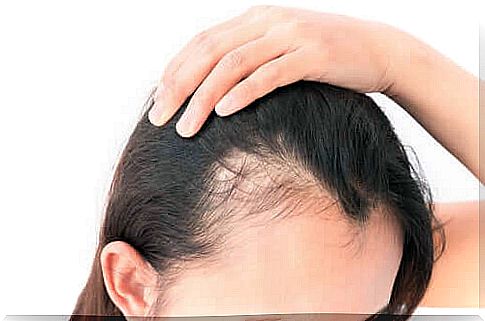
Psychological repercussions of female alopecia
In the case of female alopecia, the repercussions are almost always negative. In contrast to men, the company does not admit that a woman can be bald and that’s why the psychological consequences are greater (isolation, depression …).
A beautiful thick hair is highly valued in a woman. Hair loss is associated with menopause and loss of fertility. Affected women typically adopt hairstyles that slightly camouflage the low density of hair and stop going to the pool, beach, gym and end up socially retiring.
Although the origin and pathogenesis of alopecia areata are of autoimmune etiology, the importance of psychological factors in the origin and persistence of this type of alopecia has been noted . Many patients report acute stressful episodes in their medical history.
Stress, resulting from job loss, a traumatic separation or the death of a family member, could cause immunological alterations; due to the weakness of the immune system, T lymphocytes attack the hair follicle. If we add to this the change in the image of the woman – with the respective negative evaluation – we can easily understand why many women feel overwhelmed and lacking in resources to intelligently manage the emotional impact derived from this scenario.

